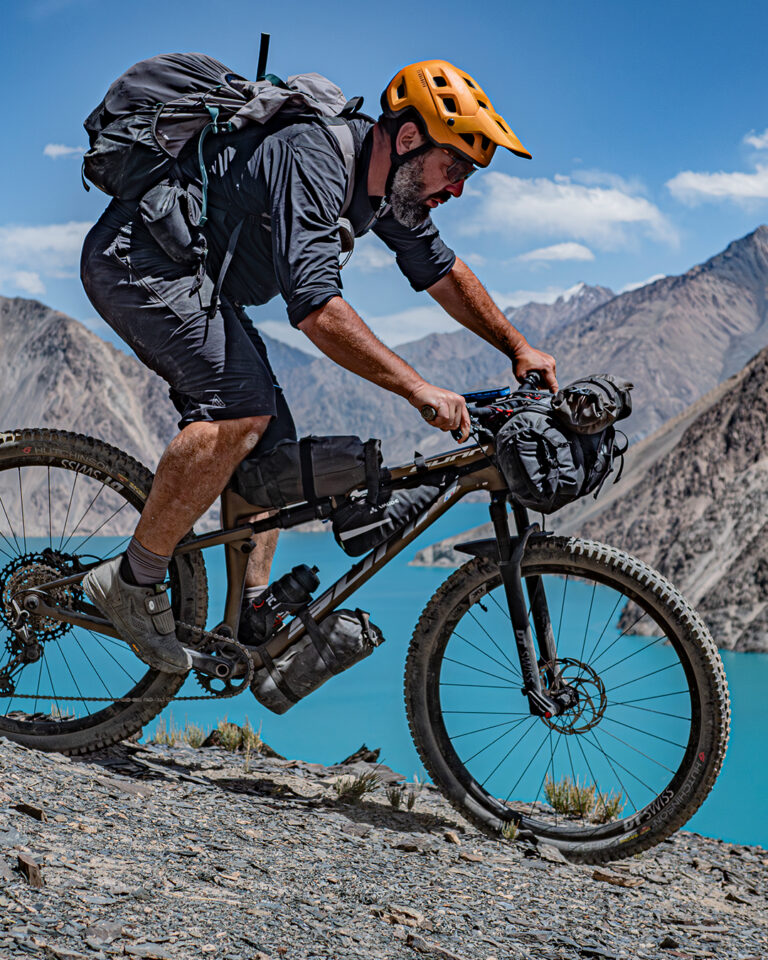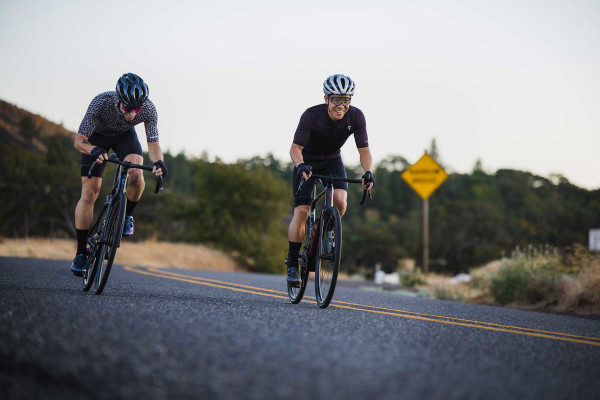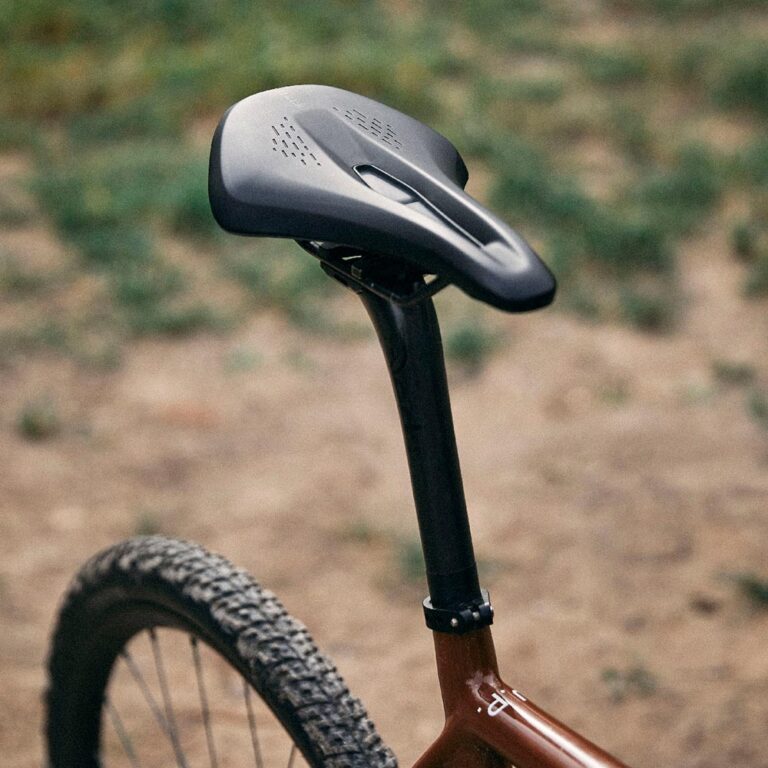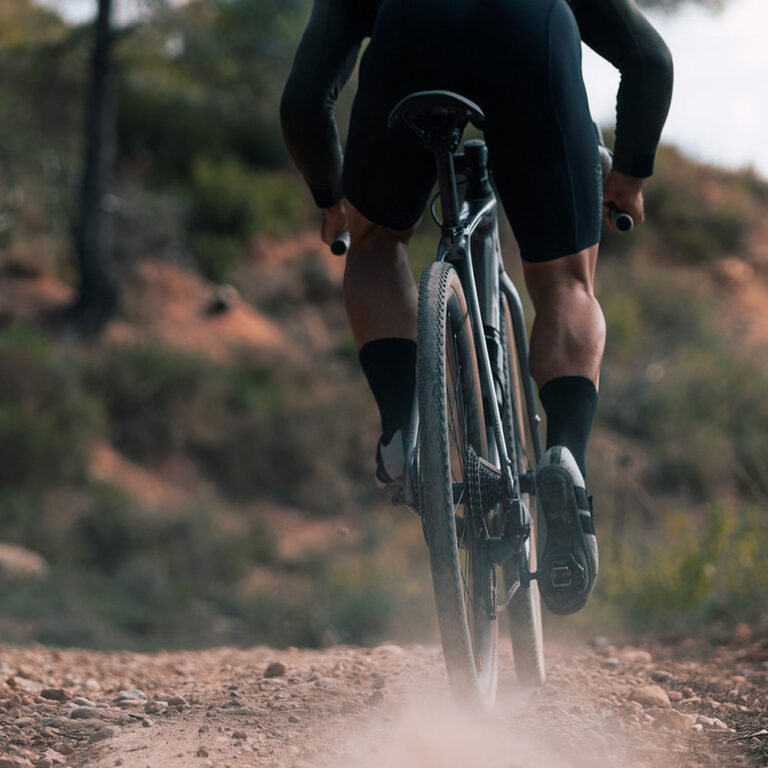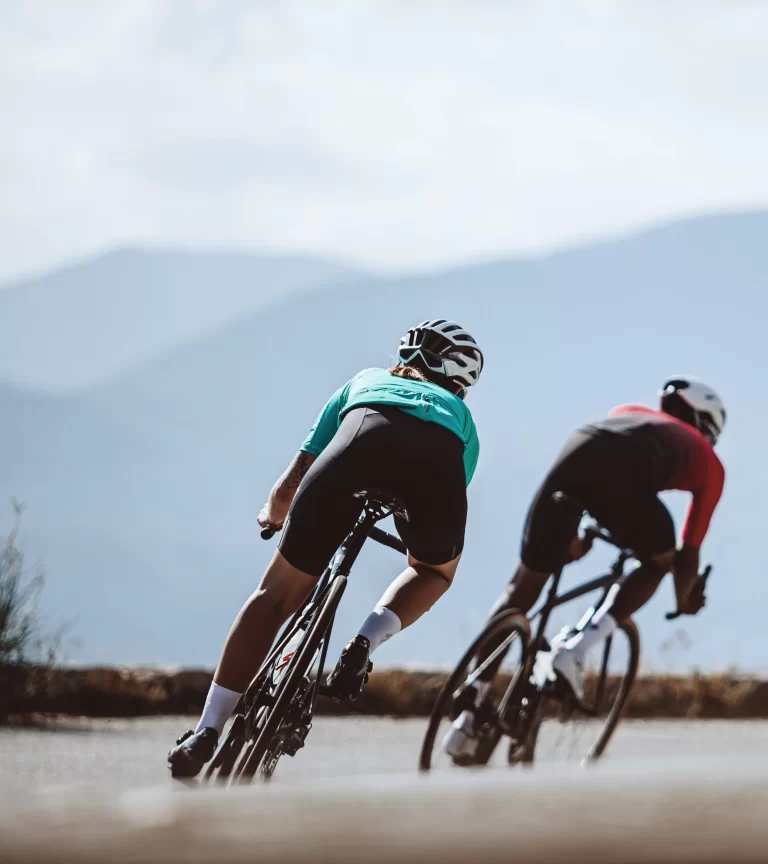Materials in Mountain Bike Saddles: A Durability and Comfort Guide

Key Point Summary of Materials in Mountain Bike Saddles:
- Variety of Materials: Exploring the different materials used in mountain bike saddles and their unique benefits.
- Impact on Durability: Understanding how materials contribute to the longevity of a saddle.
- Influence on Comfort: How different materials can enhance or detract from the comfort of your ride.
As a seasoned masters cyclist with a rich background in racing and riding across various disciplines, including mountain biking, gravel, and cyclocross, I’ve learned the crucial role materials play in the construction of a mountain bike saddle. In this piece, I’ll dive into the world of saddle materials, aiming to guide cyclists, especially those with beginner to mid-level experience, through the maze of options and their impact on durability and comfort.
Understanding the Variety of Materials
Mountain bike saddles are crafted from a range of materials, each chosen for specific properties like weight, flexibility, and comfort.
Saddle Covers
- Synthetic Leather: Most common in modern saddles, synthetic leather is durable, weather-resistant, and easy to clean. I’ve ridden countless miles on synthetic leather saddles and appreciate their resilience in various weather conditions.
- Genuine Leather: Traditional, molds to your body over time for a custom fit. Leather saddles require more maintenance, but there’s a unique comfort in a well-worn leather saddle that’s molded to your form.
- Textiles and Kevlar Edges: Some saddles use tough textile materials, often reinforced with Kevlar edges. I recall a particularly rugged trail ride where my saddle’s Kevlar edges prevented wear and tear from abrasive contact.
Saddle Padding
- Foam Padding: Common in performance saddles, foam comes in varying densities. Firmer foam is typical in racing saddles for better power transfer, while softer foam is used for comfort saddles. Remember, too soft can mean less support over long rides.
- Gel Padding: Adds extra cushioning and is excellent for absorbing vibrations. I’ve often recommended gel-padded saddles to beginners for the immediate comfort they offer, especially on rough trails.
Saddle Shells
- Plastic/Composite Shells: These provide the saddle’s basic shape. I’ve found that they offer a great balance between flexibility and support, essential for both comfort and efficient power transfer.
- Carbon Fiber: High-end saddles often feature carbon fiber shells. They are lightweight and stiff, ideal for performance-oriented cyclists. The first time I switched to a carbon fiber saddle, the difference in weight and responsiveness was notable.
Rails
- Steel Rails: Durable and affordable, but on the heavier side. Steel rails are a good starting point for beginners.
- Alloy Rails: A step up from steel, alloy rails are lighter and offer some vibration dampening. They strike a balance between performance and cost.
- Titanium Rails: Lighter than steel and alloy, titanium offers excellent strength and some natural flex for comfort. My personal favorite for long rides, as they reduce vibration fatigue.
- Carbon Rails: The lightest option, ideal for reducing overall bike weight. Carbon rails provide minimal vibration absorption, though, and are typically found on high-performance saddles.
Here’s a list of some of the best mountain bike saddles categorized based on the materials discussed:
Synthetic Leather Saddles
- WTB Speed Comp: Known for its durable synthetic cover and versatile design, suitable for a variety of riding styles.
- Fabric Scoop Elite: Offers a sleek, contemporary look with a synthetic cover that balances durability and comfort.
Genuine Leather Saddles
- Brooks England B17 Standard: A classic choice, famous for its natural leather that conforms to your body over time.
- Selle Anatomica X Series: Combines a leather top with modern technology for a blend of comfort and performance.
Saddles with Kevlar Edges
- SDG Components Allure Ti-Rail Saddle: Features Kevlar-reinforced edges for increased durability, especially in rough riding conditions.
Foam Padding Saddles
- Specialized Phenom Comp: A performance-oriented saddle with firm, supportive foam padding ideal for racing and aggressive riding.
- Ergon SM Pro: Ergonomically designed with orthopedic foam for comfort and support on challenging trails.
Gel Padding Saddles
- Serfas RX-921L Road/MTB Comfort RX Saddle: This saddle incorporates gel for extra cushioning, making it great for riders who prioritize comfort.
- Selle Italia Lady Gel Flow: Specifically designed for women, it offers gel padding for added comfort on long rides.
Plastic/Composite Shell Saddles
- Bontrager Montrose Elite: Features a durable composite shell, providing a good balance of support and flexibility.
Carbon Fiber Shell Saddles
- Fizik Antares R1 Open Carbon Braided Saddle: Offers a lightweight carbon fiber shell, catering to riders seeking high performance and minimal weight.
Steel Rail Saddles
- Selle Royal Seta S1: A budget-friendly option with steel rails, offering durability and solid performance.
Alloy Rail Saddles
- Race Face Aeffect Saddle: Combines an affordable price point with alloy rails for a lighter weight option compared to steel.
Titanium Rail Saddles
- WTB Rocket V Titanium Saddle: Known for its lightweight titanium rails and comfortable design, suitable for a range of mountain biking styles.

Carbon Rail Saddles
- Prologo Dimension Nack: A high-end choice with carbon rails for riders looking for top-tier performance and minimal weight.
Each of these saddles represents a blend of materials designed to offer durability and comfort, catering to different preferences and riding styles in mountain biking.
Impact on Durability
The material of a mountain bike saddle directly affects its lifespan. Synthetic materials and Kevlar edges resist wear and tear, handling the rigors of mountain biking effectively. Leather, while durable, requires care to maintain its longevity. When I rode across Europe, my synthetic saddle endured various conditions without a hitch, a testament to its durability.
Influence on Comfort
Comfort is subjective, but materials play a significant role. Gel pads offer immediate comfort, while foam padding can be tailored for different levels of support. The flexibility of a saddle’s shell can also impact comfort, as it determines how well the saddle conforms to your movements. Carbon shells, for instance, are less forgiving than plastic or composite ones.
Personal Experience and Recommendations
Over the years, I’ve experimented with a wide range of saddles. For beginners, I recommend starting with a synthetic leather saddle with medium foam padding and steel or alloy rails. It’s a cost-effective way to balance durability and comfort. As you progress, consider upgrading to a saddle with titanium or carbon rails and a carbon fiber shell for performance gains.
Wrapping Up
Choosing the right material for your mountain bike saddle is a crucial decision that affects both durability and comfort. Beginners might prioritize comfort and opt for gel padding, while more experienced riders might lean towards performance materials like carbon fiber. Regardless of your choice, remember that the right saddle is an investment in your riding comfort and enjoyment.
So take your time, try different options, and find the perfect material combination that suits your riding style and needs.
John
FAQ
Is there a difference between a mountain bike saddle and a road bike saddle?
Yes, there is a difference between a mountain bike saddle and a road bike saddle. Mountain bike saddles are generally designed to be more durable and often have more padding to handle rough off-road terrain. They are also usually wider to provide more support during the varied and dynamic riding positions common in mountain biking. In contrast, road bike saddles are typically narrower and lighter, with less padding, to facilitate a more aerodynamic position and efficient power transfer during long, steady rides on smoother surfaces.
What are mountain bike seats made of?
Mountain bike seats are typically made of the following materials:
- Cover: Synthetic leather or genuine leather for durability and comfort. Some may also include reinforced edges with materials like Kevlar for extra toughness.
- Padding: Foam or gel padding to provide cushioning and absorb shock. Foam density can vary, with firmer foam in performance saddles and softer foam in comfort-oriented models.
- Shell: Plastic or composite materials for flexibility and support, with high-end options using carbon fiber for its lightweight and stiff properties.
- Rails: Materials like steel, alloy, titanium, or carbon fiber, are chosen for their balance of strength, weight, and vibration damping characteristics.
What is the best material for a bike saddle?
Foam padding and carbon fiber.

